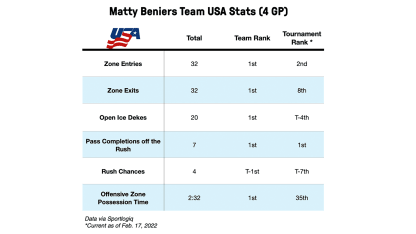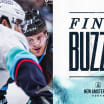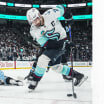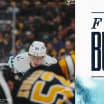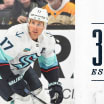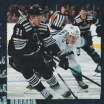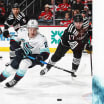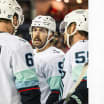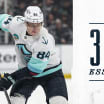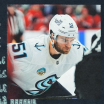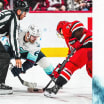But beyond a team's performance, many look to how individual players contribute in international tournaments as another signal of what a player is already or is becoming on the ice.
So, what can we learn about how Beniers did in his four games played, albeit an admittedly small sample size?
Let's dig in.
Unfortunately, stats from tournaments like the Olympics can be sparse at best. If you just look at Beniers' score line it reads 1-1-2, with four penalty minutes and 11 shots on goal.
Thankfully, our friends at Sportlogiq were able to get us some more information. In four games played, Beniers averaged 19:47 per game for the fourth most ice time of any Team USA skater. He played in all situations (2:20 average on the power play and 3:05 on the penalty kill), and in addition to his shots on goal, he had a total of 13 shot attempts (8th most on the team) including five slot shots and one shot from the inner slot.
That helps, but to put that into more context I reached out to Chris Peters, long-time NHL Draft and Prospects analyst now with Daily Faceoff and Hockey Sense.
"It was pretty clear from the outset that Beniers was going to be USA's No. 1 center," Peters said. "Even though they listed his line second on the depth chart, (that line) played the most. (Beniers) was driving play out there, playing on the PK, playing on the second power play. He was a guy that wanted to have the puck and USA wanted him to have it."

